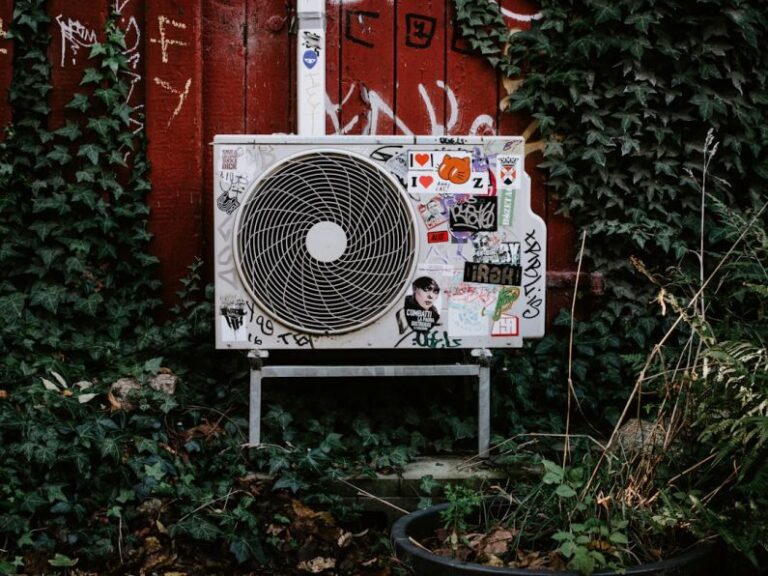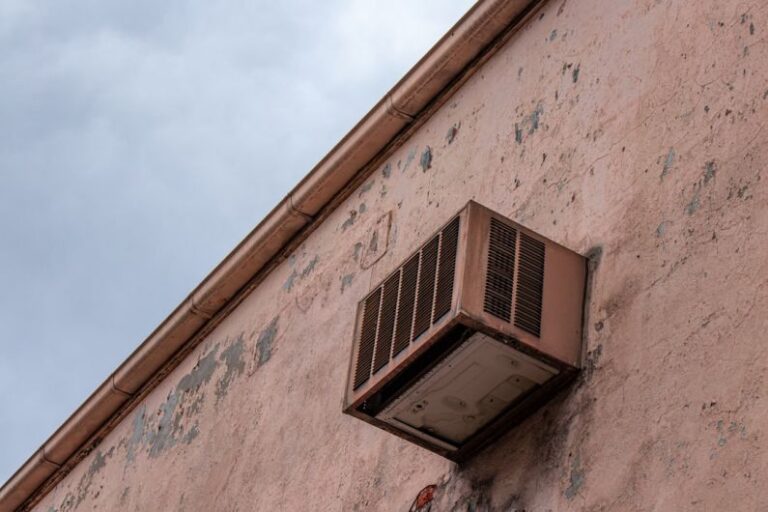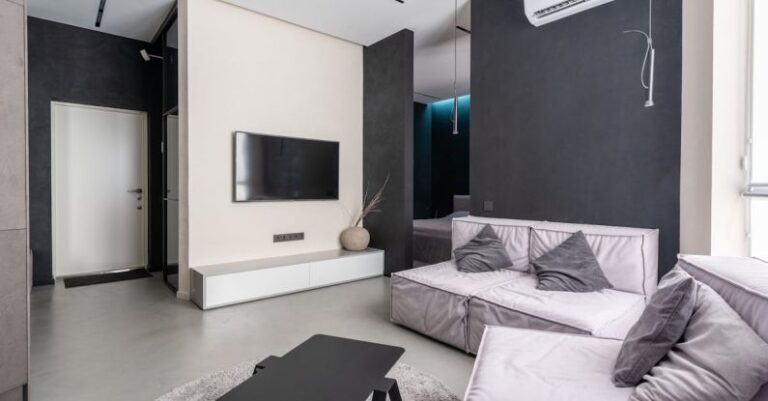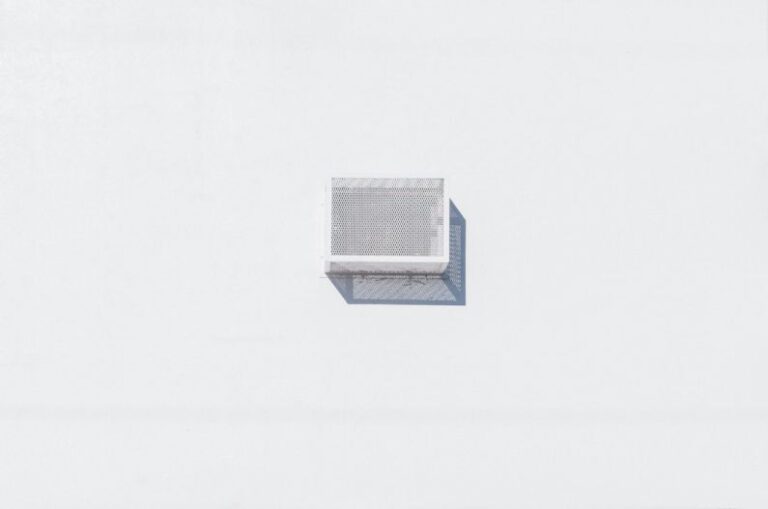
When it comes to ensuring optimal comfort and efficiency in your home, proper sizing of your air conditioning system is crucial. Unfortunately, many homeowners make common mistakes when it comes to AC sizing, which can lead to a range of issues such as inefficiency, discomfort, and increased energy costs. In this article, we will explore some of the most common mistakes in AC sizing and how you can avoid them to ensure that your system operates at its best.
Overestimating the Size of the AC Unit
One of the most prevalent mistakes homeowners make when sizing an air conditioning system is overestimating the size they need. Some people believe that a larger unit will cool their home faster and more effectively, but this is not the case. In reality, an oversized AC unit will cycle on and off more frequently, leading to increased wear and tear on the system, higher energy bills, and inconsistent cooling throughout the home.
Undersizing the AC Unit
On the flip side, undersizing the AC unit is another common mistake that can have detrimental effects on your comfort and energy costs. An undersized unit will struggle to cool your home adequately, leading to constant running, insufficient cooling, and increased energy consumption as the system tries to keep up with demand. This can also result in premature wear and tear on the components of the AC system.
Ignoring the Importance of Proper Load Calculation
Proper load calculation is essential when sizing an air conditioning system, as it takes into account factors such as the size of your home, insulation levels, number of windows, and more. Ignoring or underestimating the importance of load calculation can lead to an improperly sized AC unit that is unable to effectively cool your home. By investing the time and effort to accurately calculate the load requirements for your home, you can ensure that your AC system is sized correctly for optimal performance.
Failing to Consider Climate and Location
Another common mistake in AC sizing is failing to consider the climate and location of your home. Different regions have varying temperature ranges and humidity levels, which can impact the cooling requirements of your home. For example, a home located in a hot and humid climate will have different AC sizing needs compared to a home in a cooler, dryer climate. By taking into account the specific climate and location of your home, you can choose an AC unit that is best suited to meet your cooling needs efficiently.
Not Consulting with a Professional
One of the most significant mistakes homeowners make when sizing an air conditioning system is not consulting with a professional HVAC technician. HVAC professionals have the knowledge and expertise to assess your home’s specific cooling needs and recommend the right-sized AC unit for optimal performance. By working with a professional, you can avoid common sizing mistakes and ensure that your AC system operates efficiently and effectively.
Conclusion: The Key to Proper AC Sizing
Proper sizing of your air conditioning system is essential for optimal comfort, efficiency, and cost-effectiveness. By avoiding common mistakes such as overestimating or undersizing the AC unit, ignoring load calculation, failing to consider climate and location, and not consulting with a professional, you can ensure that your system operates at its best. Taking the time to size your AC unit correctly will not only improve your home’s comfort but also help you save on energy costs in the long run.





